The open road has always symbolized freedom, but for electric vehicle (EV) owners, that freedom comes with a unique set of considerations. Unlike traditional gasoline-powered cars, EVs rely on a network of charging stations that can make or break a road trip. The availability and distribution of charging infrastructure directly influence how far drivers can venture from home, shaping what many now call the "charging radius" of modern travel.
For those planning a cross-country adventure or even a weekend getaway, understanding this radius is crucial. It’s not just about the range of the vehicle itself—though that plays a significant role—but also about where and how often one can recharge. The landscape of charging stations is rapidly evolving, yet gaps remain, particularly in rural or less-traveled areas. This uneven distribution creates invisible boundaries, dictating which routes are practical and which are still off-limits for all but the most meticulously planned journeys.
The concept of a charging radius isn’t static; it shifts with technology, infrastructure investment, and even the time of year. Cold weather, for instance, can reduce battery efficiency, effectively shrinking how far an EV can go between charges. Meanwhile, the rise of ultra-fast chargers promises to expand these boundaries, offering shorter pit stops and more flexibility. But until these advancements become ubiquitous, drivers must navigate a patchwork system that rewards careful planning and punishes spontaneity.
Urban centers and major highways tend to be well-served, with charging stations often clustered near shopping centers or restaurants. This makes sense from a business perspective—drivers can recharge while they eat or shop—but it also means that off-the-beaten-path destinations may require detours or extended waits. For those seeking solitude or exploring national parks, this can be a frustrating limitation. The irony isn’t lost on many EV enthusiasts: the vehicles meant to reduce environmental impact sometimes struggle to reach the very natural wonders they’re designed to protect.
One underappreciated factor is the psychological toll of "range anxiety," the nagging fear that the next charger might be out of reach. Even with apps that map charging stations, drivers report stress when venturing into areas with sparse infrastructure. This anxiety can lead to shorter trips or an overreliance on familiar routes, effectively self-imposing a smaller travel radius than the vehicle’s technical capabilities might allow. It’s a reminder that the EV revolution isn’t just about hardware—it’s about reshaping decades of ingrained driving habits and expectations.
The charging radius also highlights disparities between regions. Countries with aggressive green policies, like Norway or the Netherlands, boast dense charging networks that enable nearly seamless long-distance travel. In contrast, sprawling nations with slower EV adoption, such as the United States or Australia, present a mixed picture. Here, the charging radius might stretch comfortably along coastal corridors but shrink dramatically in the heartland. These gaps don’t just inconvenience drivers—they risk slowing the broader transition to electric mobility by reinforcing the perception that EVs are only viable for city dwellers.
Solutions are emerging, albeit unevenly. Some automakers are investing in proprietary charging networks, while governments roll out subsidies to encourage private investment in underserved areas. There’s also growing interest in alternative solutions, like battery-swapping stations or solar-powered chargers, though these remain niche for now. What’s clear is that the charging radius will continue to evolve, and with it, the very geography of road travel. For now, the most rewarding EV journeys are those that embrace this reality—planning not just for destinations, but for the spaces in between.
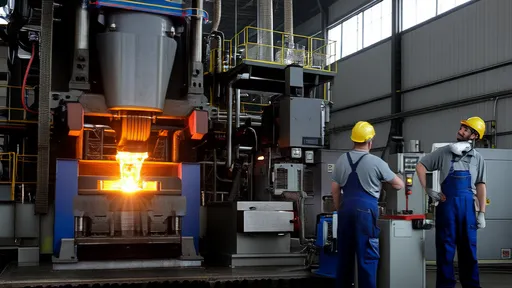
By /Jun 14, 2025

By /Jun 14, 2025
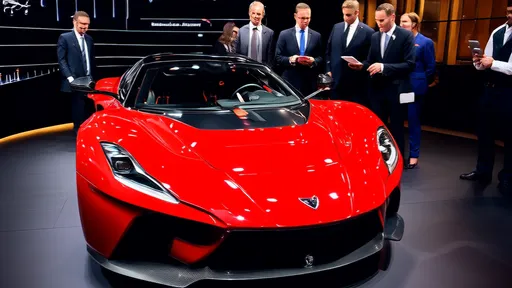
By /Jun 14, 2025

By /Jun 14, 2025

By /Jun 14, 2025
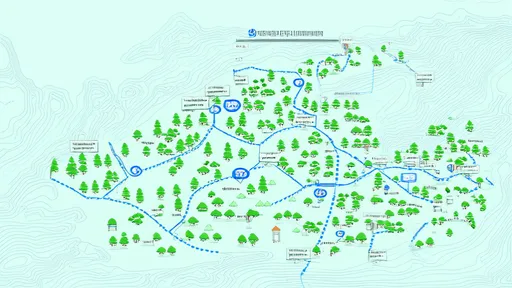
By /Jun 14, 2025
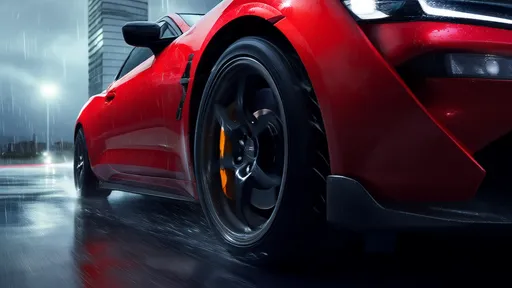
By /Jun 14, 2025

By /Jun 14, 2025
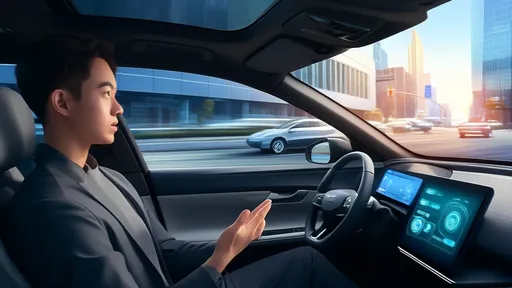
By /Jun 14, 2025

By /Jun 14, 2025
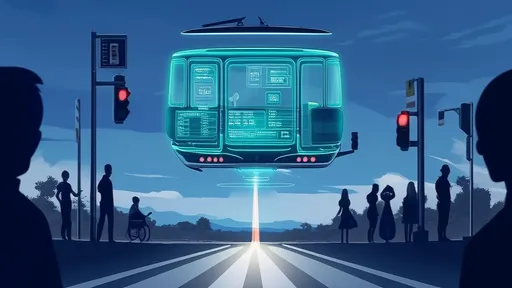
By /Jun 14, 2025
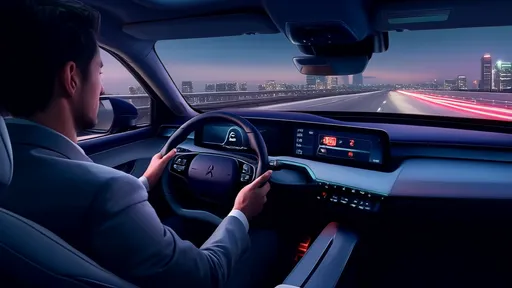
By /Jun 14, 2025
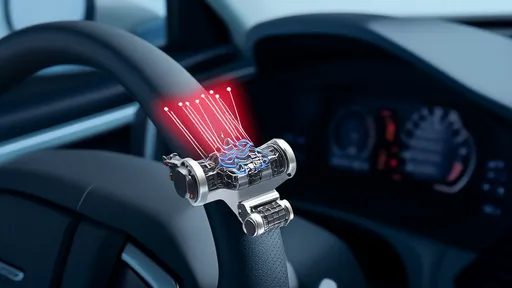
By /Jun 14, 2025
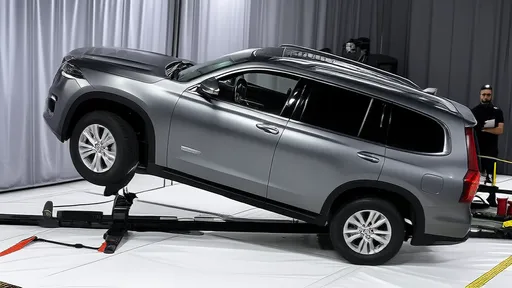
By /Jun 14, 2025
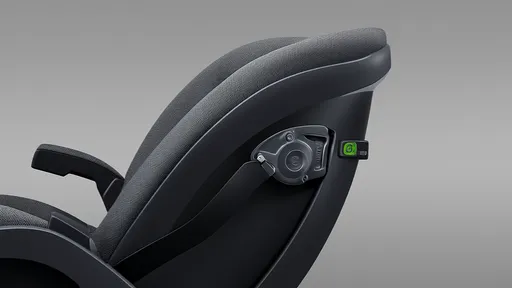
By /Jun 14, 2025
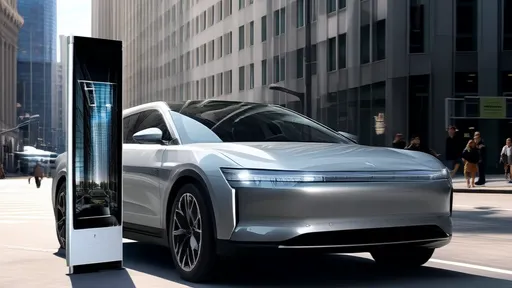
By /Jun 14, 2025
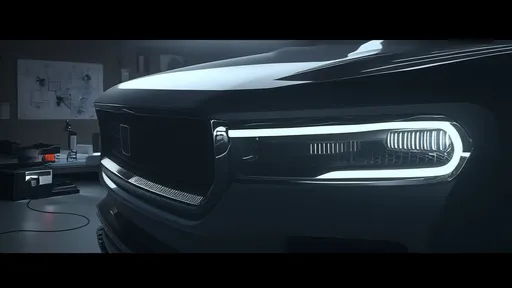
By /Jun 14, 2025